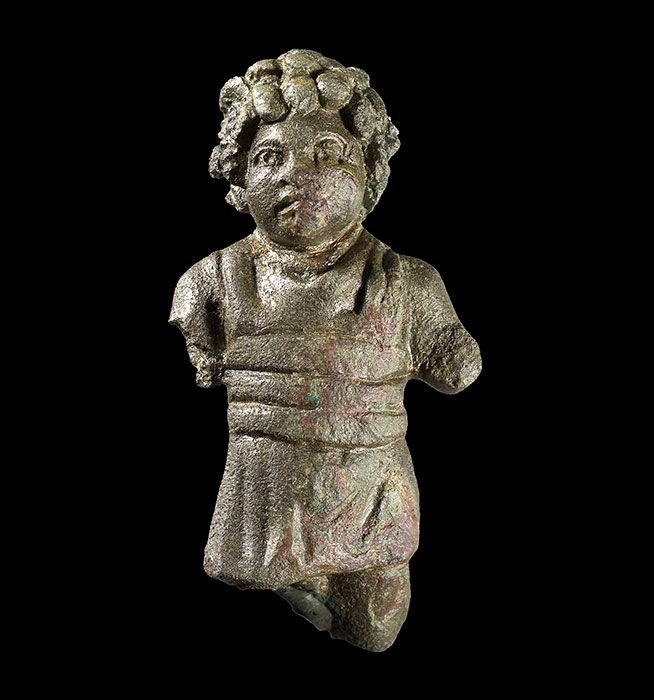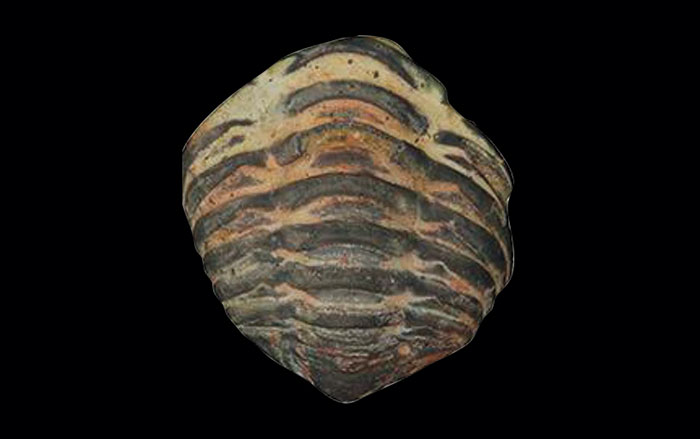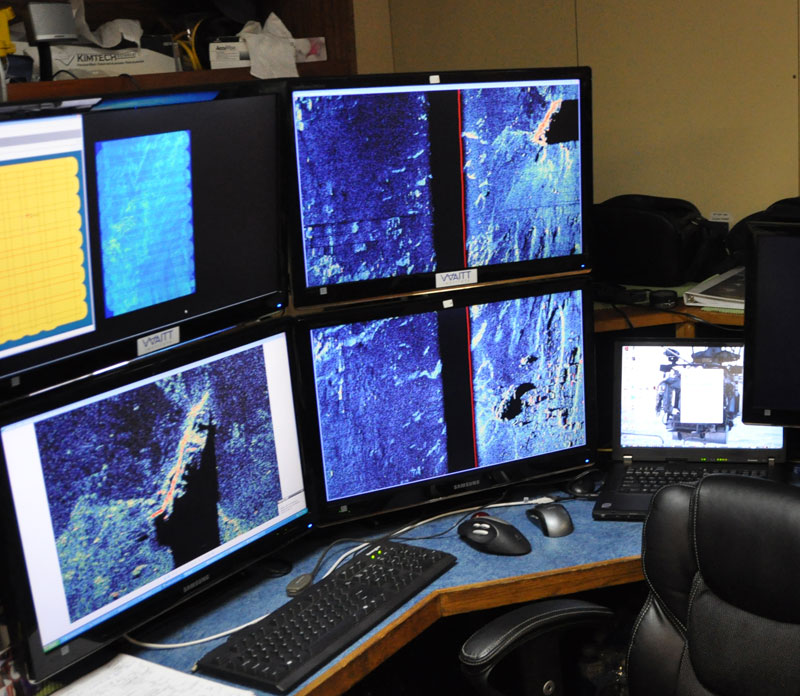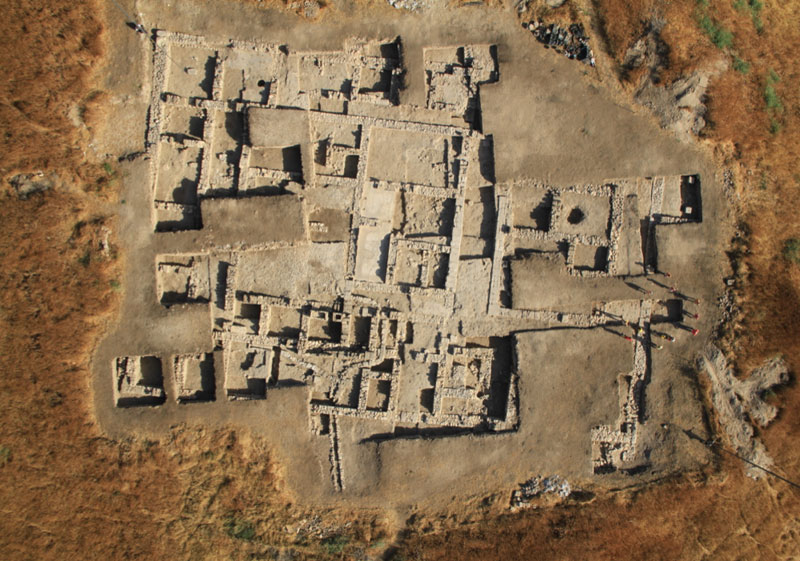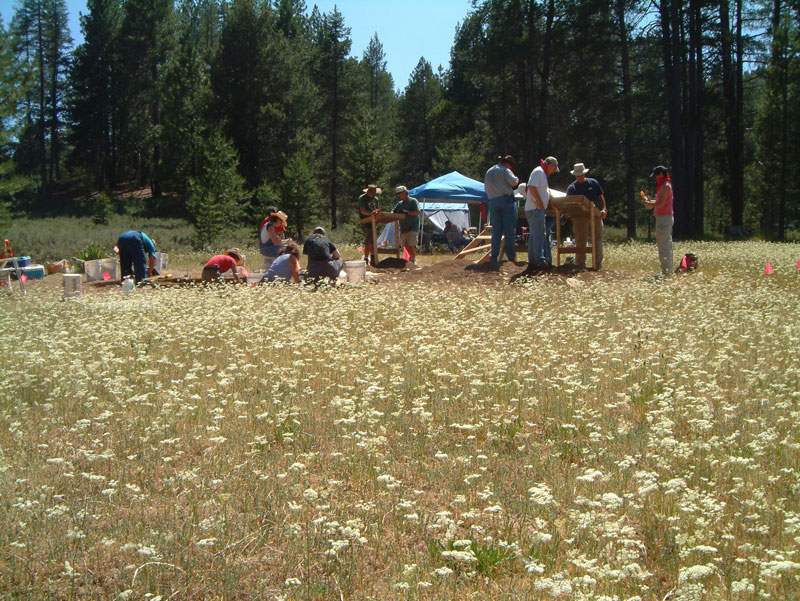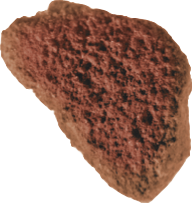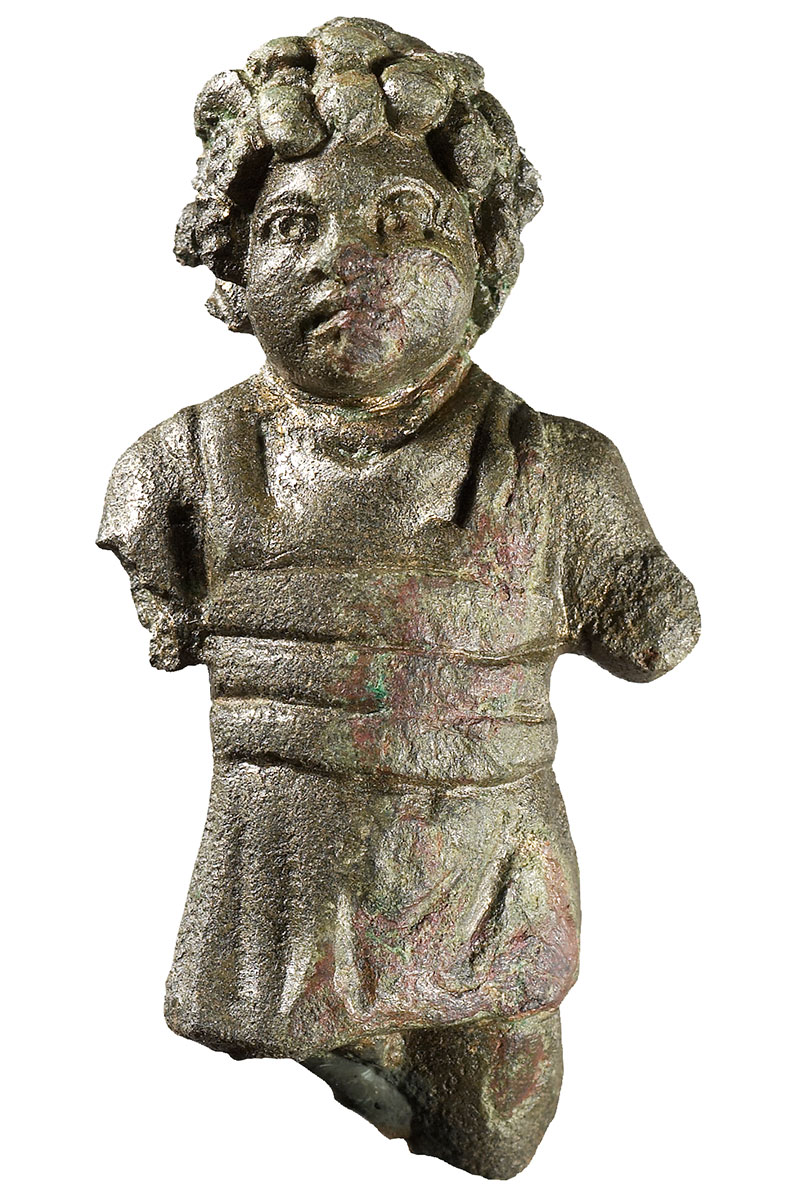
What is it?
Statuette of an auriga (charioteer)
Date
2nd century A.D.
Material
Bronze
Discovered
2005, Altrier, Luxembourg
Size
1.8 inches high
Currently Located
Musée national d'histoire et d'art Luxembourg
Chariot racing was ancient Rome's favorite pastime. It attracted millions of spectators to stadiums across the empire, inspired fierce fan loyalty, and provided its stars a chance to earn spectacular sums—a successful charioteer's single-day winnings could equal a teacher's annual salary. It is perhaps surprising, then, to learn from epigraphic evidence that most charioteers were slaves who began racing as children, and many were foreigners, who came to the sport to earn fame and fortune. But until the discovery of this figurine, according to archaeologists Sinclair Bell and Franziska Dövener, no representation of an African child charioteer had ever been found. Bronze figurines of Roman charioteers are rare—there are fewer than ten—particularly in comparison to those depicting other entertainers, including gladiators and actors. Bell and Dövener are certain that this statuette represents a charioteer on the basis of his distinctive costume—his upper abdomen and chest are corseted by three wide leather belts called fasciae, part of a charioteer's basic uniform, worn to protect the chest. That the figurine represents a child is clear from his enlarged head, large eyes, fleshy cheeks, and youthful expression. The curly hair, flat nose, thick lips, and bulging eyes are features typical of Roman depictions of Africans. The archaeologists are, however, less certain of the statuette's function. It was found near what may have been a sanctuary to mother goddesses, but it is impossible to say whether it was a votive offering or a toy.



